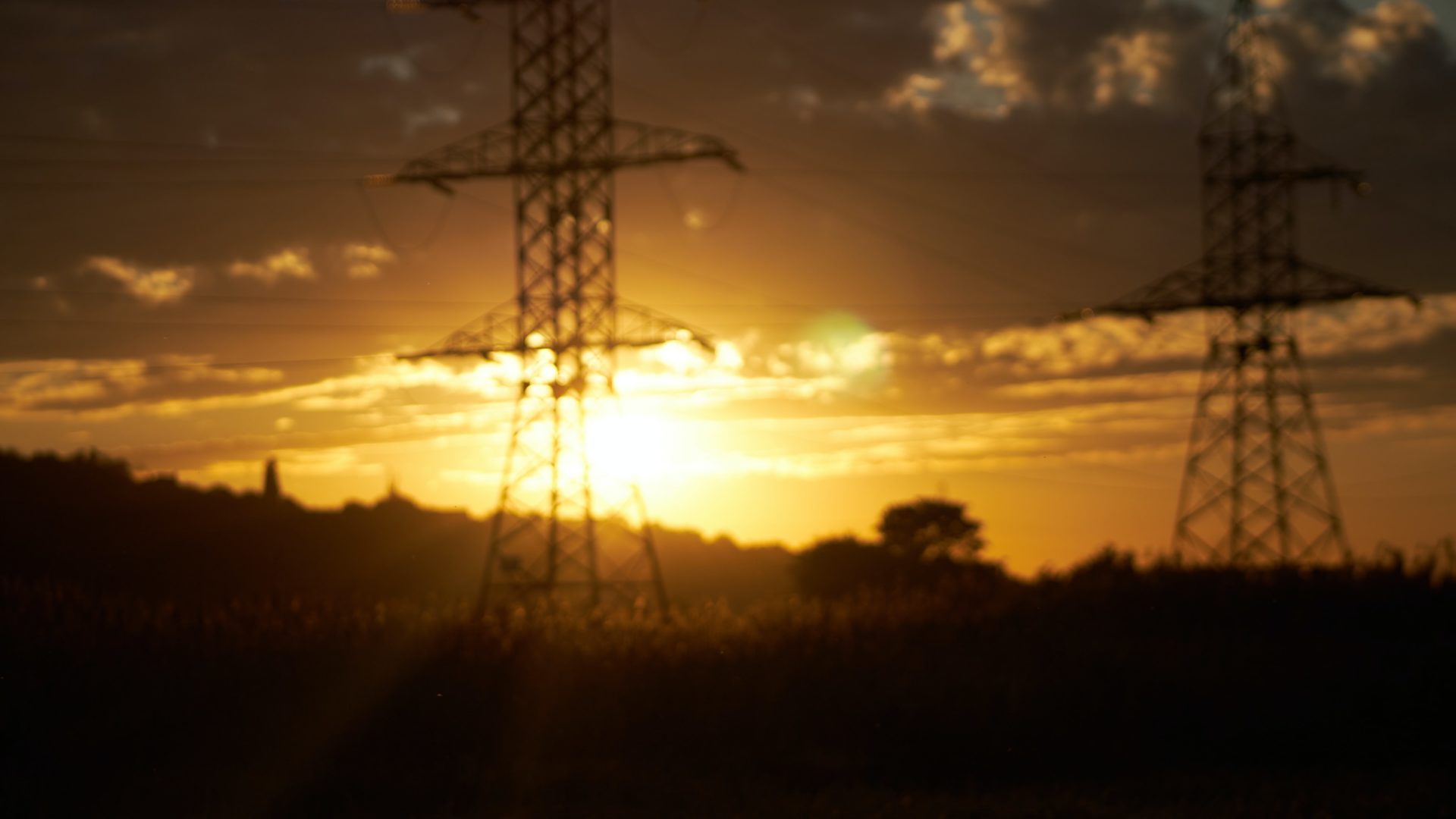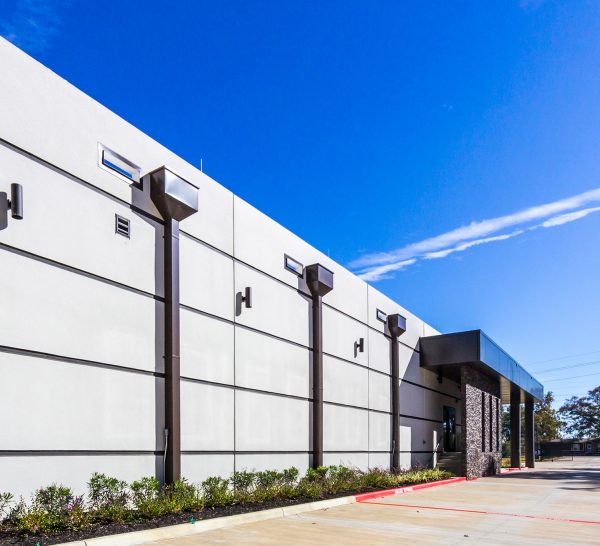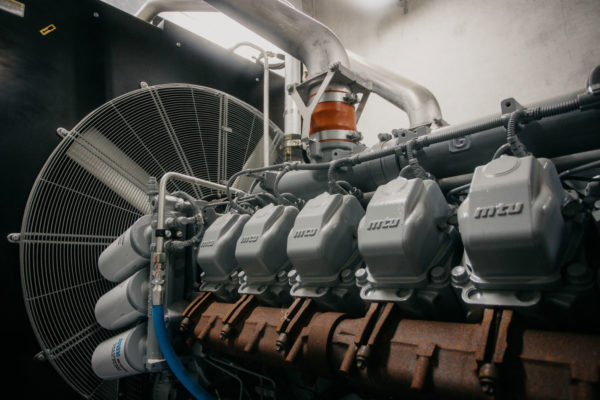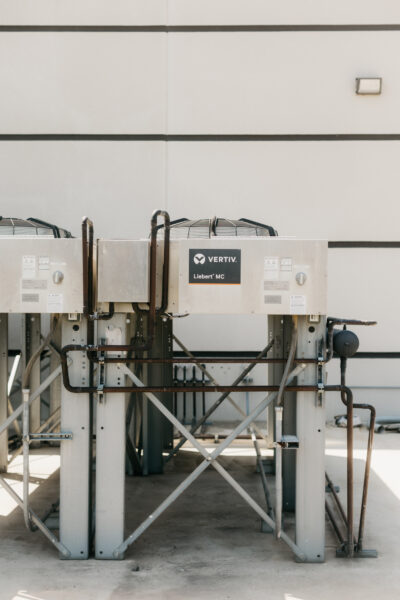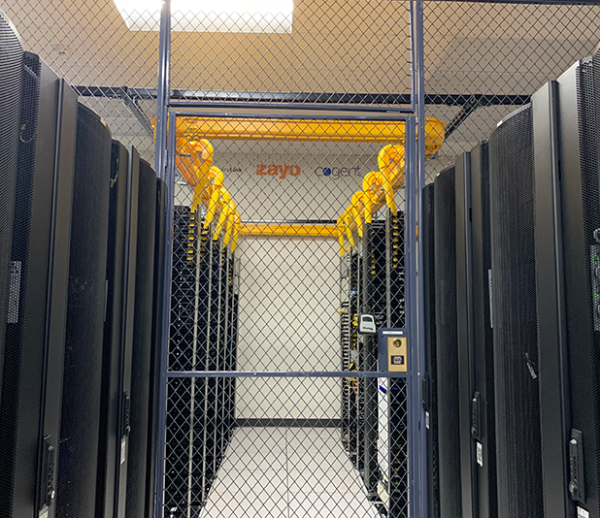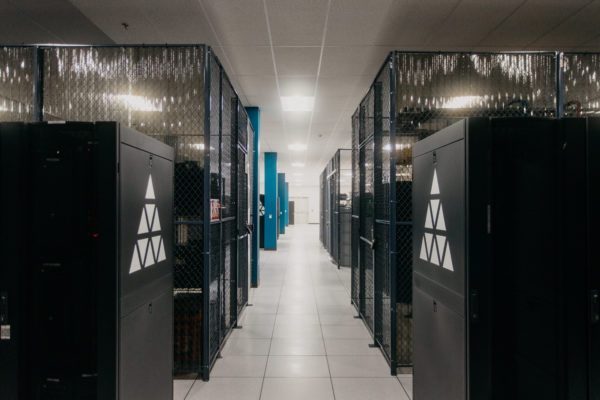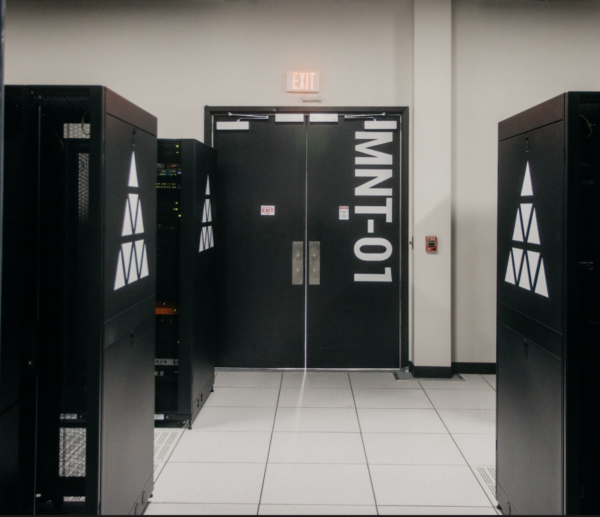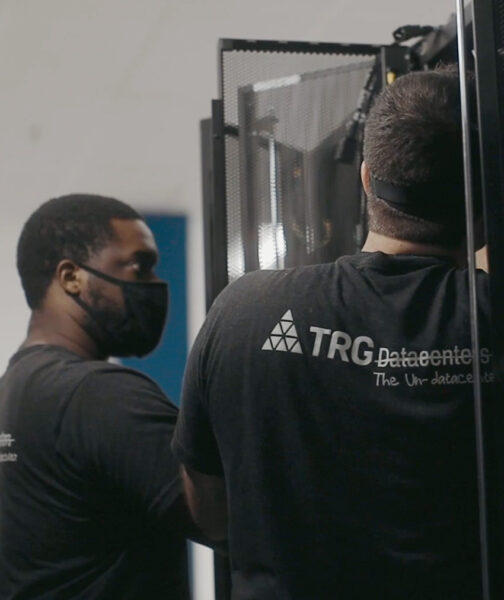When choosing a datacenter, you might look at its guaranteed uptime, its security, or even its customer reviews.
But there’s another metric you should also consider: Power usage effectiveness, or PUE.
In this article, we’ll explain what PUE is, why datacenter customers should care, and what datacenter operators can do to promote better PUE.
What is Power Usage Effectiveness (PUE) in a Datacenter?
Power usage effectiveness measures how efficiently a data center operates.
Specifically, PUE measures how much of the facility’s total power usage goes to the IT equipment. We’ll call this the IT Power Needs; it comprises the energy used in:
- Storing, processing, routing, and managing data.
- Running servers, networks, and other computing peripherals/equipment.
- Onsite equipment (e.g. monitoring and administrative workstations, etc.)
- Heating, cooling, and environmental control systems.
Why does this metric matter?
Because datacenters consume a lot of energy. Not only do the servers, devices, and peripherals require power, they also require specific temperature and humidity conditions – and cooling systems.
It all adds up into one very resource-intensive system with a hefty electricity bill. By maintaining a good PUE rating, datacenter operators show how efficiently they’re managing their building and equipment.
How is PUE Calculated?
Power Usage Effectiveness (PUE) is a widely used metric to measure the energy efficiency of a data center.
It is calculated by dividing the total amount of power entering a data center by the power used by the computing equipment within it. The formula for PUE is given as:
PUE=Total Facility Power / IT Equipment Power
Here’s a breakdown of the components:
- Total Facility Power: This is the total power consumed by the data center. It includes everything from the cooling system, lighting, and the power used by the IT equipment itself.
- IT Equipment Power: This is the power consumed by the IT equipment only. This includes servers, storage systems, network equipment, and other devices directly involved in the data center’s primary computational work.
The ideal PUE value is 1.0, indicating that all the power entering the data center is used solely by the IT equipment, without any loss to cooling, power supply inefficiency, or other overheads.
However, achieving a PUE of 1.0 is practically impossible due to the need for cooling and other infrastructure support systems.
Therefore, data centers aim to get as close to 1.0 as possible, with lower PUE values indicating higher energy efficiency.
What’s a ‘Good’ PUE?
Is there a gold standard for PUE? It is like vehicle emissions, where there is a universally recognized demarcation between good, moderate, and bad?
Not really. While tech leaders like Google and Microsoft can manage numbers quite close to 1, that’s not usually feasible for smaller companies. More importantly, size is not the only factor in PUE; some are entirely outside of the datacenter’s control.
A good example of this is the climate. Datacenters need to carefully control the heat and humidity in their buildings; otherwise, the equipment could overheat, malfunction, or even fail. So, a data center in a cooler, drier climate could have a lower PUE than one in a hot and humid climate.
To determine the kind of power usage effectiveness you can expect from a local data center, it’s good to find out what other datacenter or co-location companies in the region can manage.
You’ll know what you can reasonably expect. If you can find something lower, great!
Benefits of PUE
Power Usage Effectiveness (PUE) has become a critical metric for assessing the energy efficiency of data centers, offering several key benefits:
Energy Efficiency Awareness
PUE provides a straightforward way to measure the energy efficiency of data centers.
By understanding how much power is used by IT equipment versus overall facility power usage, data center operators can identify how much energy is consumed by non-computing infrastructure, such as cooling systems.
Cost Reduction
Identifying inefficiencies in energy use can lead to strategies that reduce power consumption, directly translating to cost savings.
This is particularly significant in large data centers, where even small improvements in PUE can result in substantial financial savings.
Environmental Impact
Lowering the PUE of a data center decreases its carbon footprint. As data centers consume a significant amount of the world’s electricity, improvements in energy efficiency can have a considerable impact on reducing overall greenhouse gas emissions.
Benchmarking and Performance Improvement
PUE allows for the benchmarking of data centers against industry standards and peers.
This benchmarking can motivate companies to implement best practices and innovative technologies to improve their PUE scores, leading to continuous performance enhancements.
Operational Efficiency
By focusing on reducing PUE, data centers often implement more efficient cooling systems, improve their IT hardware, and optimize their layouts.
These changes not only improve energy efficiency but can also enhance the overall operational efficiency and reliability of the data center.
Regulatory Compliance and Corporate Responsibility
Many regions are introducing regulations aimed at reducing the environmental impact of IT operations.
A good PUE score helps data centers comply with these regulations. Additionally, it supports corporate social responsibility (CSR) goals by demonstrating a commitment to sustainability.
Limitations of PUE
While Power Usage Effectiveness (PUE) is a valuable metric for assessing data center energy efficiency, it has several limitations that are important to consider:
No Measure Actual Energy Efficiency of IT Equipment
PUE only assesses the overhead energy used by the facility in addition to the IT equipment. It doesn’t provide any insight into how efficiently the IT equipment itself is using power.
Two data centers with the same PUE can have vastly different IT energy efficiencies.
Can Encourage Misleading Comparisons
PUE can vary significantly based on external factors such as climate, which affects cooling requirements, or the scale of the data center.
This makes it challenging to use PUE for direct comparisons between different data centers without considering these contextual factors.
Does Not Account for Utilization Rates
PUE does not consider the utilization rate of the IT equipment. A data center can have a low PUE (indicating high energy efficiency) even if its servers and other equipment are underutilized and wasting energy.
Potential for Manipulation
Since PUE is a simple ratio, there are ways to manipulate the metric that don’t necessarily improve overall energy efficiency.
For example, moving some power loads outside of the calculation can artificially improve the PUE score without any real efficiency gains.
Focus on Energy, Not Carbon Footprint
PUE measures energy efficiency but does not account for the source of the energy. A data center powered by renewable energy sources can have the same PUE as one using fossil fuels, even though their environmental impacts are vastly different.
Overemphasis on Infrastructure at the Expense of IT Efficiency
Because PUE focuses on reducing infrastructure energy usage, there might be less emphasis on improving the energy efficiency of the IT equipment itself.
Optimizing servers and workloads can often yield significant energy savings.
Why Should You Care About PUE?
So, why should customers bother with a data center’s power usage effectiveness? You’re not paying those utility bills, right?
Actually, you are – albeit indirectly. A datacenter with a high PUE score (and thus less efficiency) is wasting resources. It’s more expensive to run, and those charges get passed on to the customer. That’s one reason.
A second reason is that lowering a PUE (or maintaining a low PUE) is ecologically and environmentally responsible. Energy usage comes with an ecological price tag. Computer equipment manufacturers have worked hard to design more efficient machines and components that drive energy usage down.
Customers across industries are demonstrating their interest in supporting environmentally friendly practices. Finding a data center that takes efficiency seriously is good business sense, both for the bottom line and for the planet itself.
What Can Datacenters Do to Improve PUE?
Improving a data center’s power usage efficiency isn’t as direct as you might think. The number of servers and their configuration – even the type of server cabinet chosen – can heavily impact energy usage.
Reducing server’s power consumption by using energy-efficient equipment, proper cabling and networking configurations, and using virtualization where practicable can reduce energy demands. But that’s only part of the picture.
Maintaining the correct temperature, humidity level, and airflow can also impact PUE scores. Datacenters have to figure out how to deliver cold air to the servers and remove the hot air they generate; this means not only paying attention to how the airflow is managed, but also to the physical placement and location of the servers.
Using a technique known as ‘free air cooling’ (moving hot air outside the building and replacing it with cooler air), datacenters can reduce the cooling system workload, saving themselves a significant amount of energy usage (and money).
As a customer, is there anything you can do to promote power usage effectiveness? Not directly. But you can optimize your usage of the datacenter’s services so you’re not taking more than you actually need.
Not only will this help the datacenter maintain its efficiency, it can also benefit your budget; most datacenter charge based on their client’s usage over a defined time period, so you might save yourself some money, too.
Get More Advice on Power Usage Effectiveness
TRG’s datacenters take power usage effectiveness seriously; our locations can even offer custom packages that factor PUE ratings into account for each customer.
If you’d like to learn more about our our Houston Data Center or Houston Colocation, feel free to contact us today.
We’ll work with you to determine the best way to meet your colocation and datacenter needs.
